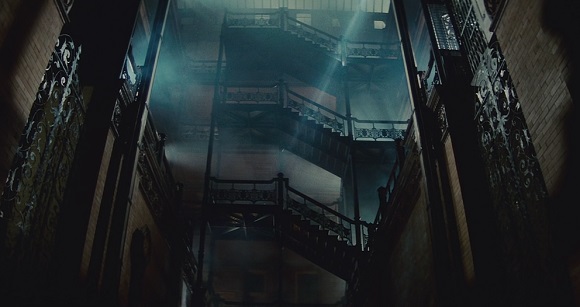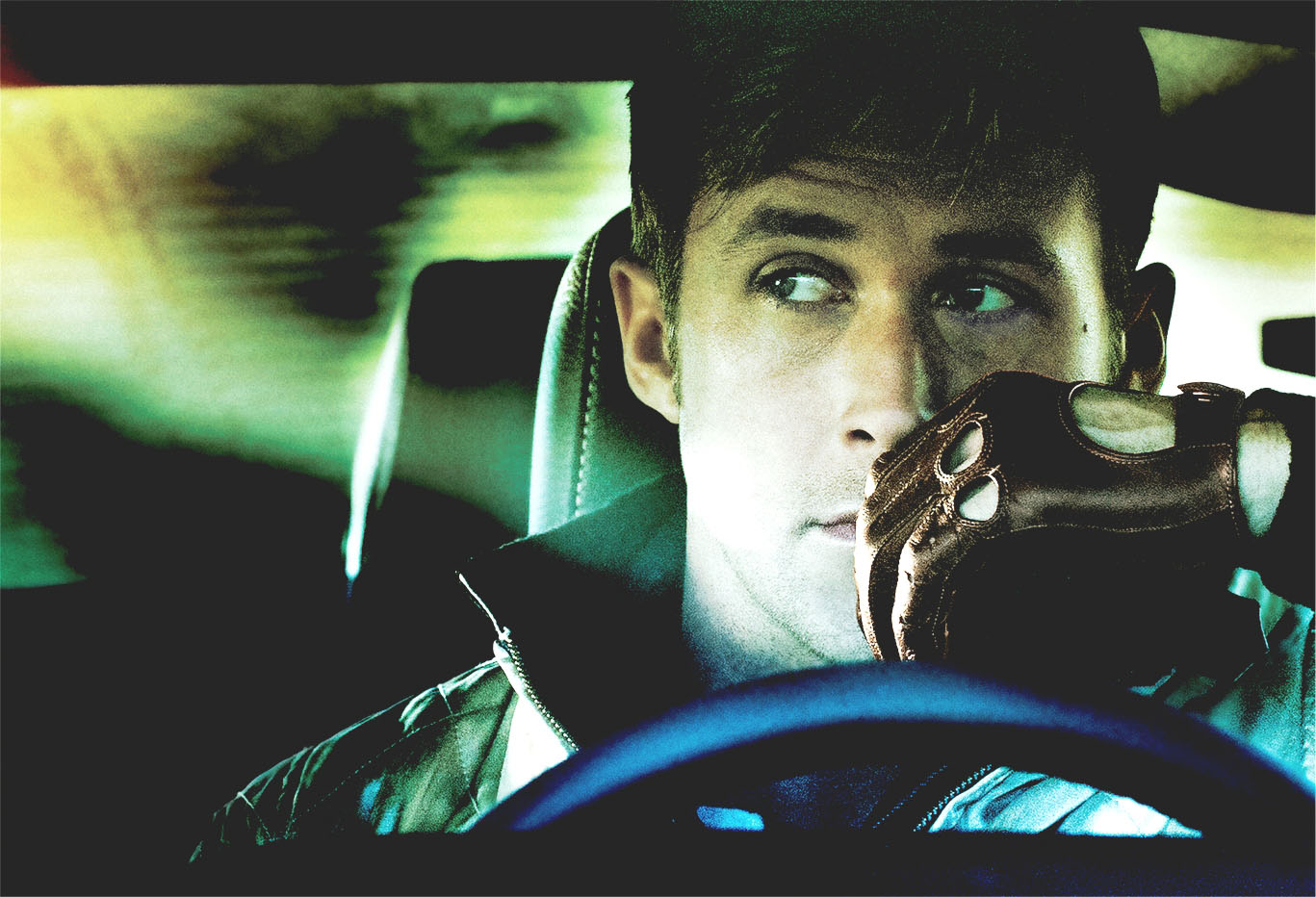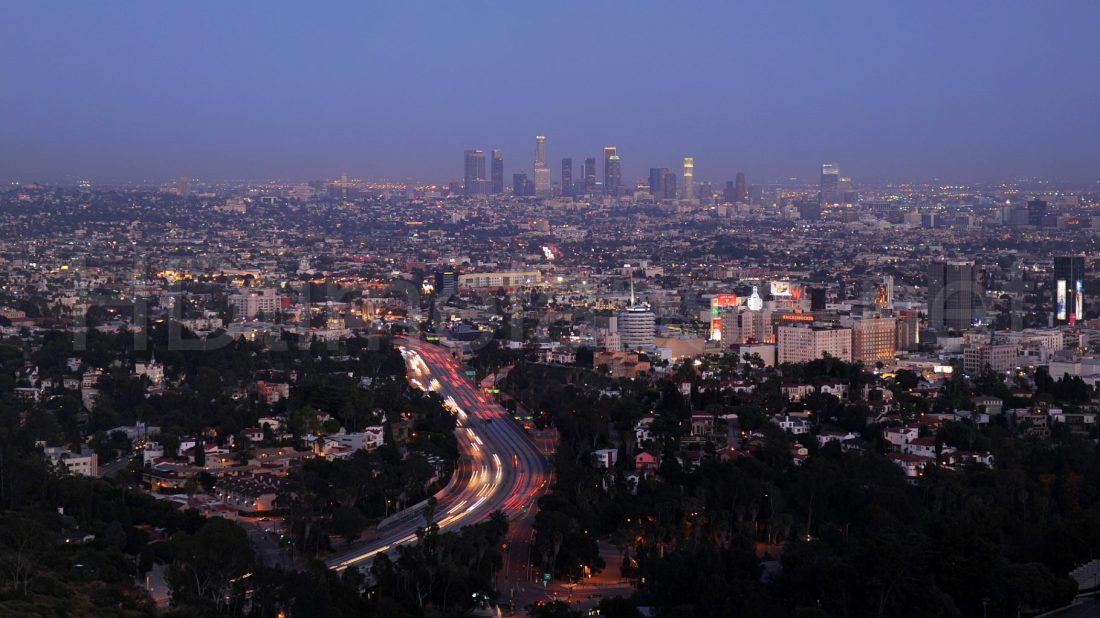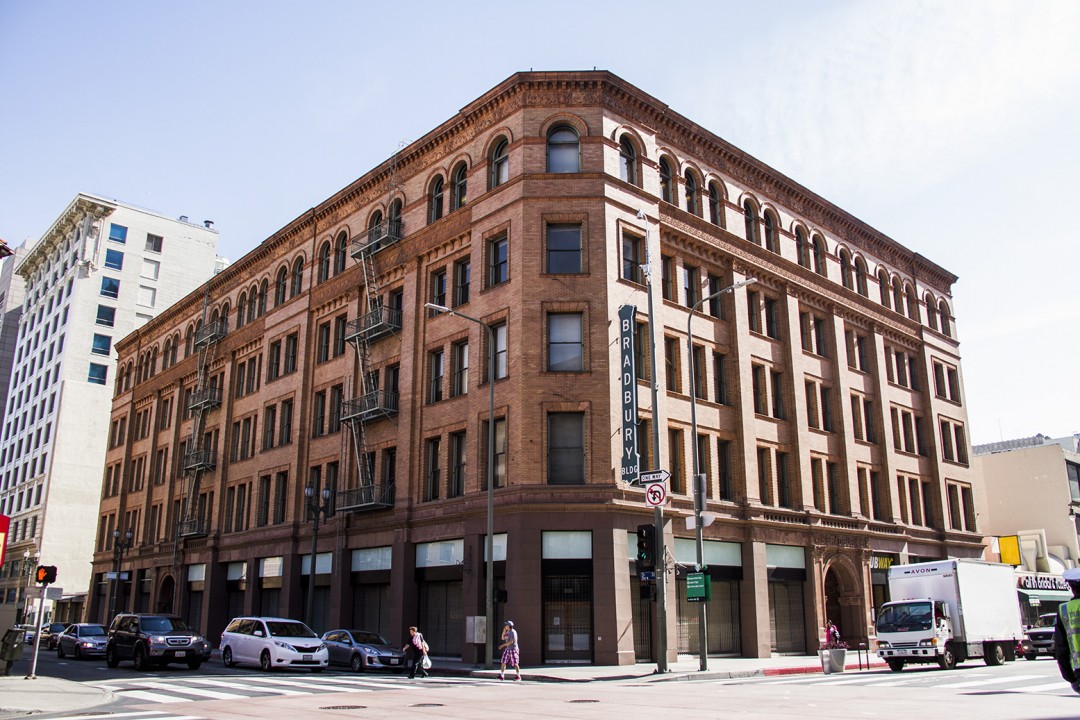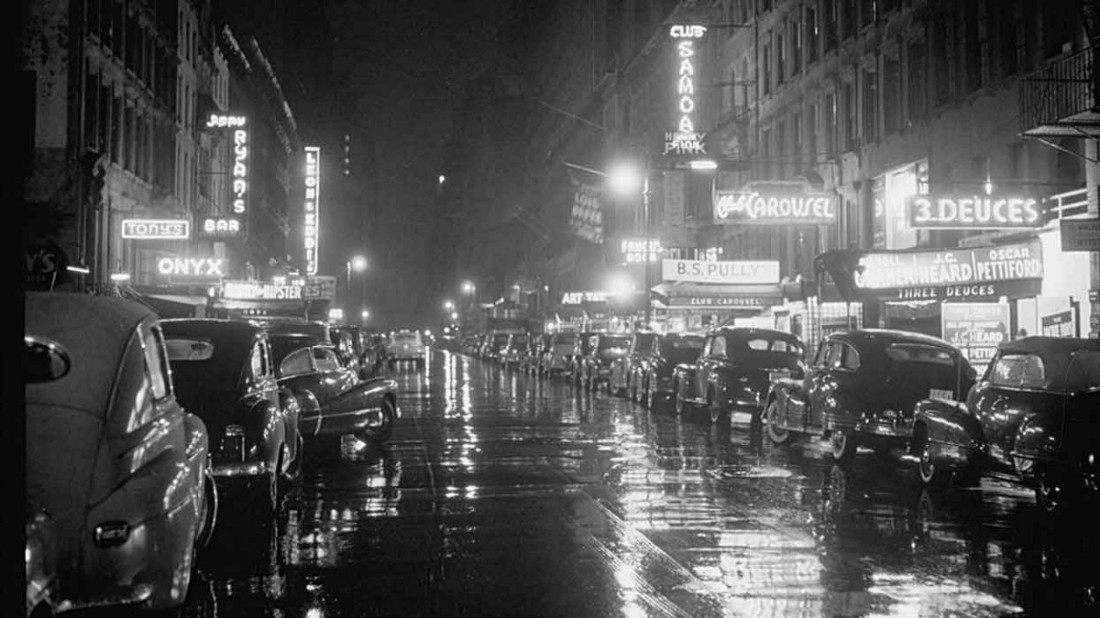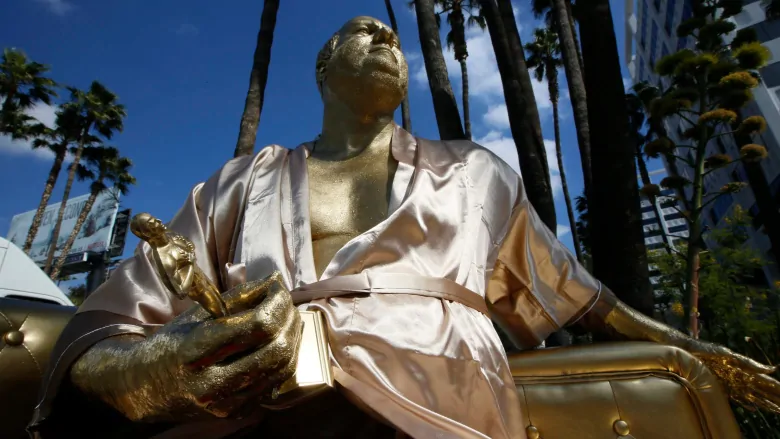There aren’t many significant landmarks in Los Angeles. There are no Empire State buildings or Golden Gate bridges. There are only a few, quaint examples of famous mainstream landmarks in Los Angeles. These pieces go beyond the Hollywood sign and the walk of fame that stand alone as a piece of architectural achievement and art. The Bradbury Building stands nearly alone in Los Angeles as an architectural achievement. It has been an iconic landmark for Hollywood as the building can be repurposed in a myriad of creative ways. The building hasn’t been typing cast in Hollywood. The Bradbury plays a wide range of parts including an office building, a police station, and a movie studio. However, the use of the building has a greater meaning in the film Blade Runner. A movie about a grim future where the poor inherit the earth, Blade Runner offers a bleak look into a poosible future for us all in 2019. The Bradbury, which houses the film’s climax, is a piece of architecture that offers a beautiful look into the possible future. Both ideas clash at the end of the movie as the building symbolizes more than just bricks and glass.

Ridley Scott, the director of Blade Runner, didn’t decide to film the Bradbury on a whim. It was most likely a calculated choice. For starters, the state of the Bradbury Building upon shooting was impoverished. It was dirty and disheveled which made it easier for production design to outfit the building for the movie. Along with convenience, the building has a metaphorical purpose too. Blade Runner takes place in a futuristic cyberpunk Los Angeles of 2019. All modern architecture and design are long gone and phased out. However, the Bradbury stands alone as a relic of the past that represents everything that was lost. This is ironic as the Bradbury was initially designed as a building of the future. It was constructed in 1893 and was influenced by how people thought the 2000s would look like. The style of the Bradbury contrasts the bleak future of Blade Runner. A futuristic elegance full of beautiful brick and illuminating skylights clash with the harsh reality of Blade Runner. In the film, the hope of a new and improved future is rusted away and forgotten just like the Toy Maker and his creations. We see various scraps and trash throughout the building as its overall aesthetic is more dilapidated and disgusting than new and orderly. In the film, the positive future that the building embodied is nowhere to be seen as it sits in ruins. The Bradbury in this regard is just like Blade Runner in a way; both are forms of art that failed at predicting the future but still posed the question, what if?
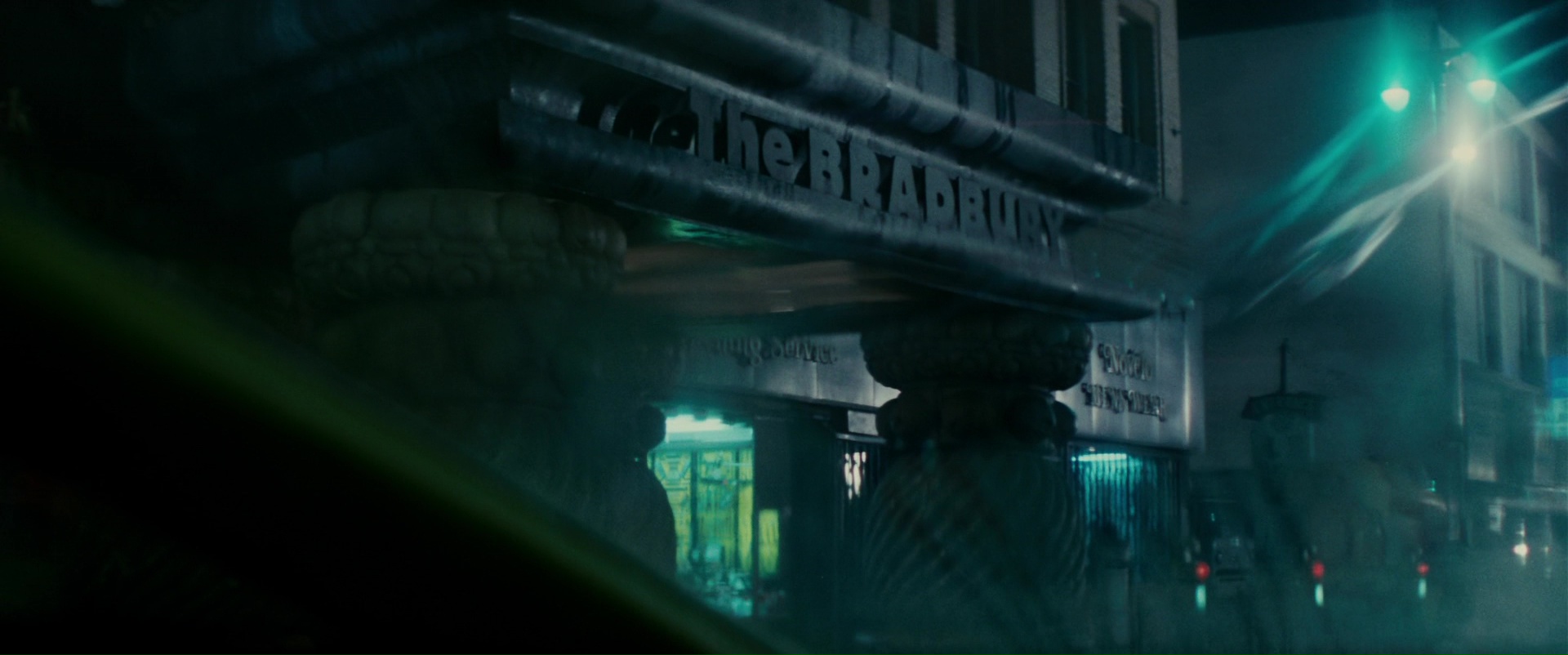
The building sits as a look into the optimistic past and what people thought the future would be like. Its inclusion in Blade Runner is somewhat ironic as the film was too a piece of art that tried to portray what future architecture would entail. It’s out of place in the world of Blade Runner, but it still fits in as a clash of eras. It has survived the significant changes but has been reduced to almost nothing. It’s interesting to see how those in the nineteenth century looked towards the future as a place of beauty and elegance while the creators of Blade Runner look to the future with drab pessimism. It makes both pieces a product of their time as people were more hopeful before mass automation and climate change held any weight or reality. Society’s view toward the future changes significantly with time and that is evident with the stark differences between the Bradbury and Blade Runner.
